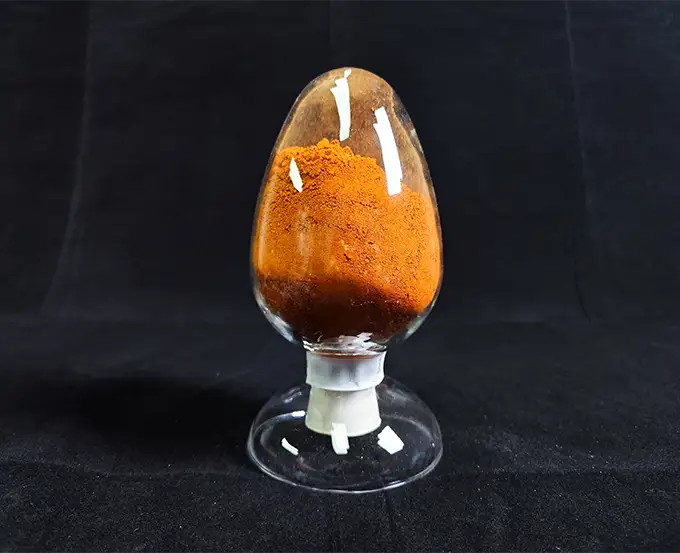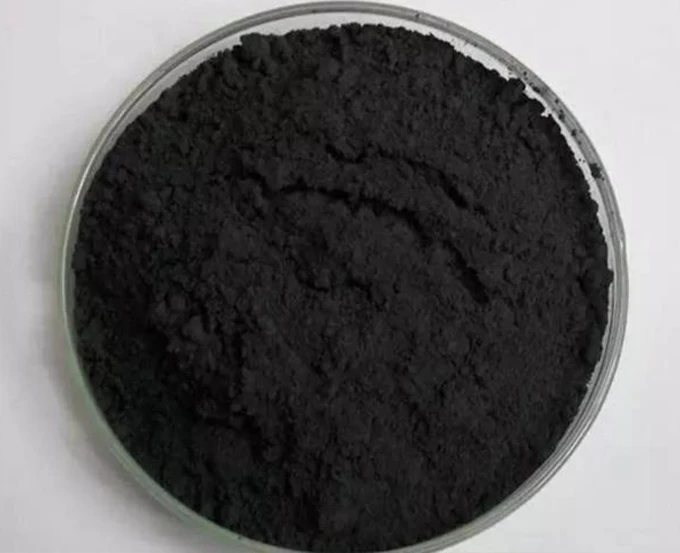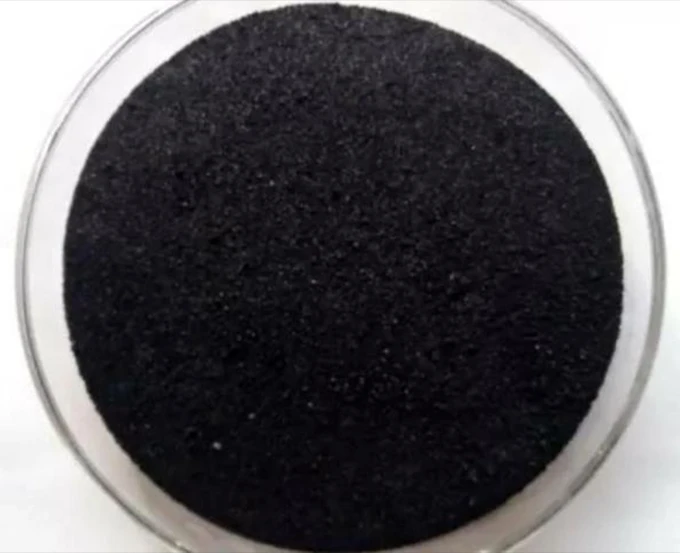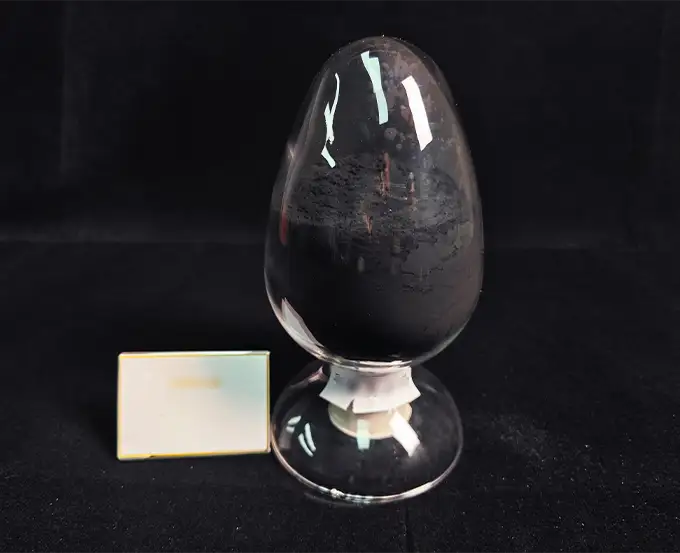The platinum black catalyst is a highly important material in the fields of chemistry and electrochemistry, consisting of highly dispersed platinum nanoparticles. It is commonly used in chemical reactions to enhance reaction speed and efficiency. Due to its high surface area and surface activity, the platinum black catalyst plays a critical role in various fields such as fuel cells, automotive exhaust treatment, and organic synthesis reactions.
Platinum black catalysts are typically prepared by reducing platinum compounds and exhibit excellent high-temperature resistance and corrosion resistance. They are not only crucial in industrial applications but also serve as important tools in scientific research for studying catalytic mechanisms and developing new catalytic materials.
Given that platinum black catalysts play such a critical role in fuel cells, automotive exhaust treatment, and organic synthesis, what are the methods for their preparation? Next, we will explore the differences among various preparation methods.
Preparation Methods of Platinum Black Catalysts
1. Chemical Reduction Method
The chemical reduction method is a crucial technique for preparing platinum black catalysts. By reducing platinum compounds such as chloroplatinic acid (H2PtCl6), high surface area platinum nanoparticles can be obtained, enhancing the catalyst’s activity. Common reducing agents include hydrogen gas, formic acid, ethylene glycol, and sodium hydroxide. The reduction reaction typically occurs in a solution, and by controlling the concentration of the reducing agent, reaction temperature, and reaction time, the size and distribution of platinum particles can be regulated, thus affecting the catalyst’s performance.
Key steps of chemical reduction Method
During the reduction process, the platinum compound solution needs to be evenly dissolved in the solution. Gradually, the reducing agent is added to reduce the platinum ions to metallic platinum. Stirring is often required to ensure the uniformity of the reaction. After the reaction is complete, the pure platinum black catalyst can be obtained through filtration, washing, and drying. Additionally, stabilizers such as polyvinylpyrrolidone (PVP), polymethyl methacrylate, cetyltrimethylammonium bromide (CTAB), sodium dodecyl sulfate (SDS), and some inorganic etching agents like FeO, Cl, Br, can be added to prevent the aggregation of platinum nanoparticles and enhance the stability of the platinum catalyst.
Factors Affecting the Reduction Effect
Several factors influence the reduction effect and the performance of the platinum black catalyst during the reduction process. These include the type and concentration of the reducing agent, the reaction temperature, and the reaction time.
Type and Concentration of Reducing Agent: Different reducing agents have varying reduction capabilities and mechanisms, affecting the reduction rate and the morphology of the product. Higher concentrations of the reducing agent accelerate the reduction rate but may lead to particle aggregation, while lower concentrations help form uniform and smaller particles.
Reaction Temperature: Higher temperatures increase the reaction rate, but excessively high temperatures can cause particle overgrowth and aggregation.
Reaction Time: The reaction time must be appropriately controlled. If too short, the platinum ions may not be fully reduced; if too long, particle overgrowth may occur.

2. Microemulsion Method
Since Boutonnet and others employed the microemulsion method to prepare noble metal nanomaterials in 1982, the application of microemulsion technology in nanomaterials has made significant progress. Due to its ability to precisely control particle size and morphology, and its mild and straightforward operation, it has become an important method for preparing high-performance platinum black catalysts. This method has extensive applications in fields such as fuel cells, water electrolysis, and sensors.
Steps of the Microemulsion Method
The microemulsion method is a technique that uses a microemulsion system to prepare platinum black catalysts. This system consists of water, oil, and surfactants, forming a transparent and stable liquid where water droplets or oil droplets are surrounded by surfactants, creating nano-scale reaction vessels ranging from a few to tens of nanometers. These tiny reaction vessels provide a uniform and controlled environment, allowing the platinum precursor to distribute evenly, creating ideal conditions for subsequent reduction reactions.
In the process of preparing platinum black catalysts using the microemulsion method, the first step is to prepare a stable microemulsion system and add the platinum precursor compound, such as chloroplatinic acid (H2PtCl6), into it. Next, a reducing agent (such as hydrogen, formaldehyde, or sodium borohydride) is introduced to reduce the platinum ions to metallic platinum. Since the reaction occurs in nano-scale water droplets, the resulting platinum particles are small and uniform, ensuring the high activity and high surface area of the platinum black catalyst. Finally, through the demulsification process, the microemulsion system is decomposed, resulting in platinum black nanoparticles suspended in water. The platinum black particles are then purified and collected through centrifugation, washing, and drying.

3. Electrochemical Method
The electrochemical method is also a common method for preparing metal nanoparticles. It typically uses an electrolyte containing platinum salts, and by controlling parameters such as current density, potential, and time, the platinum ions are reduced to platinum metal and deposited on the electrode surface, forming a platinum black catalyst with high surface area and good electrochemical performance.
Steps of the Electrochemical Method
In the process of preparing platinum black catalysts using the electrochemical method, the choice of electrolyte is one of the key factors. Common electrolytes include chloroplatinic acid and platinum nitrate, which can provide sufficient platinum ions. During deposition, dense platinum particles form on the electrode surface, and these particles accumulate to form a nanostructure, giving the platinum black catalyst a large specific surface area and excellent catalytic performance. Additionally, by adjusting the concentration of the electrolyte, pH value, and electrodeposition conditions, the morphology and particle size of the platinum black can be controlled to optimize its catalytic performance.
Applications of the Electrochemical Method
Platinum black catalysts prepared by the electrochemical method exhibit excellent catalytic performance in electrochemical devices. Their high surface area and good conductivity allow platinum black catalysts to effectively promote electrochemical reactions, improving the efficiency and stability of the devices. For example, in fuel cells, platinum black catalysts serve as catalysts for the oxygen reduction reaction (ORR), significantly increasing the reaction rate, reducing energy loss, and enhancing the overall performance of the fuel cell.
4. High-Temperature Decomposition Method
The high-temperature decomposition method is a technique that produces platinum black catalysts by heating metal precursors to decompose them at high temperatures. The basic principle of this method involves using a thermal decomposition reaction to decompose platinum-containing compounds (such as ammonium chloroplatinate or chloroplatinic acid) into metallic platinum and byproducts at high temperatures. For example, in the decomposition of ammonium chloroplatinate, the compound decomposes at high temperatures, releasing chlorine gas and ammonium chloride, while producing metallic platinum. By controlling the decomposition temperature and time, the particle size and morphology of the platinum black can be regulated.
Steps of the High-Temperature Decomposition Method
In the preparation process of the high-temperature decomposition method, temperature is one of the key factors determining the morphology and performance of the platinum black. Typically, the decomposition temperature ranges from 300°C to 800°C. By adjusting the temperature, the growth rate and final morphology of the platinum particles can be controlled. Additionally, the reaction time and atmosphere are also important factors affecting the high-temperature decomposition process. Longer decomposition times help to fully decompose the platinum-containing compounds, ensuring the purity and uniformity of the platinum black. An inert gas atmosphere, such as nitrogen or argon, is usually chosen to prevent oxidation of the platinum particles at high temperatures and to avoid secondary reactions of the byproducts.

Comparison of Platinum Black Catalyst Preparation Methods
Particle Size Control: Compared to other chemical methods, the microemulsion method produces particles that are less prone to agglomeration, have controllable sizes, and exhibit good dispersion. The chemical reduction method follows, with particle size controllable by adjusting reaction conditions. The electrochemical method and high-temperature decomposition method are relatively weaker in controlling particle size.
Process Complexity: The chemical reduction method and high-temperature decomposition method are relatively simple processes, suitable for large-scale production. The microemulsion and electrochemical methods require higher process control and equipment requirements.
Production Cost: The high-temperature decomposition method and chemical reduction method are relatively economical due to lower equipment and material costs. The microemulsion and electrochemical methods have higher costs due to the need for surfactants and electrolytic equipment.
Application Fields: The chemical reduction method and high-temperature decomposition method are suitable for large-scale industrial catalytic applications. The microemulsion method is suitable for fields requiring high catalyst performance. The electrochemical method shows excellent performance in electrochemical devices and reactions.
Finally:
From the above content, we know that platinum black catalyst is a highly efficient catalyst mainly used in redox reactions in fuel cells, particularly in the oxygen reduction reaction (ORR). Its manufacturing process affects the performance of the catalyst. In addition, the choice of materials and design of the bipolar plate also influence the performance of the platinum black catalyst. High-quality bipolar plates can ensure uniform gas distribution, increase catalyst utilization, and reduce internal impedance of the cell, thereby improving the overall efficiency and performance of the fuel cell. You can gain a deeper understanding of the materials and design of bipolar plates through the following article.
Read more related articles:
The influence of bipolar plate structure on fuel cell performance
Fuel cell bipolar plates materials and manufacturing
PEMFC: Detailed Composition and Performance Testing Methods of Single Cells
Electrode Reactions in Fuel Cells: Anode and Cathode

